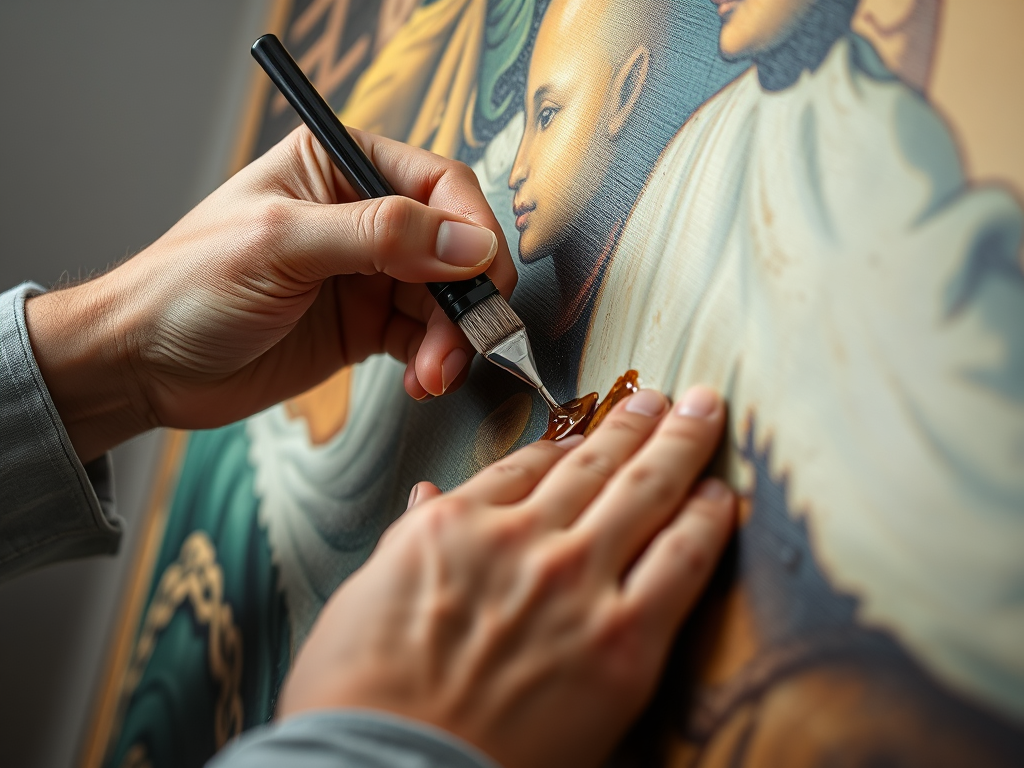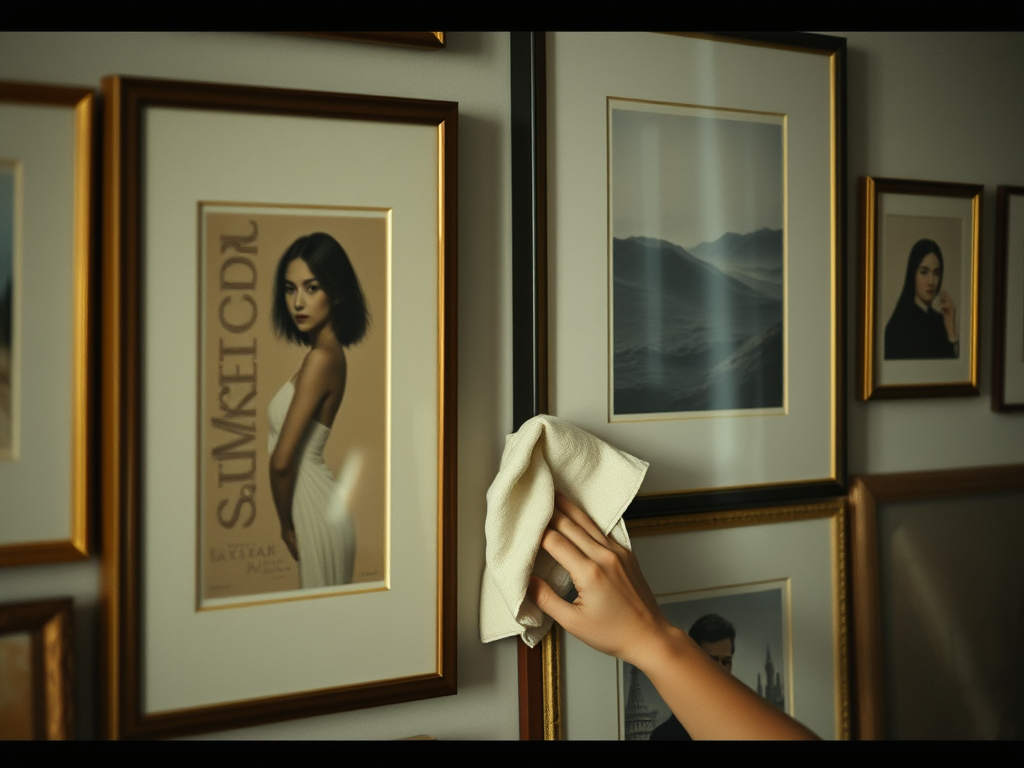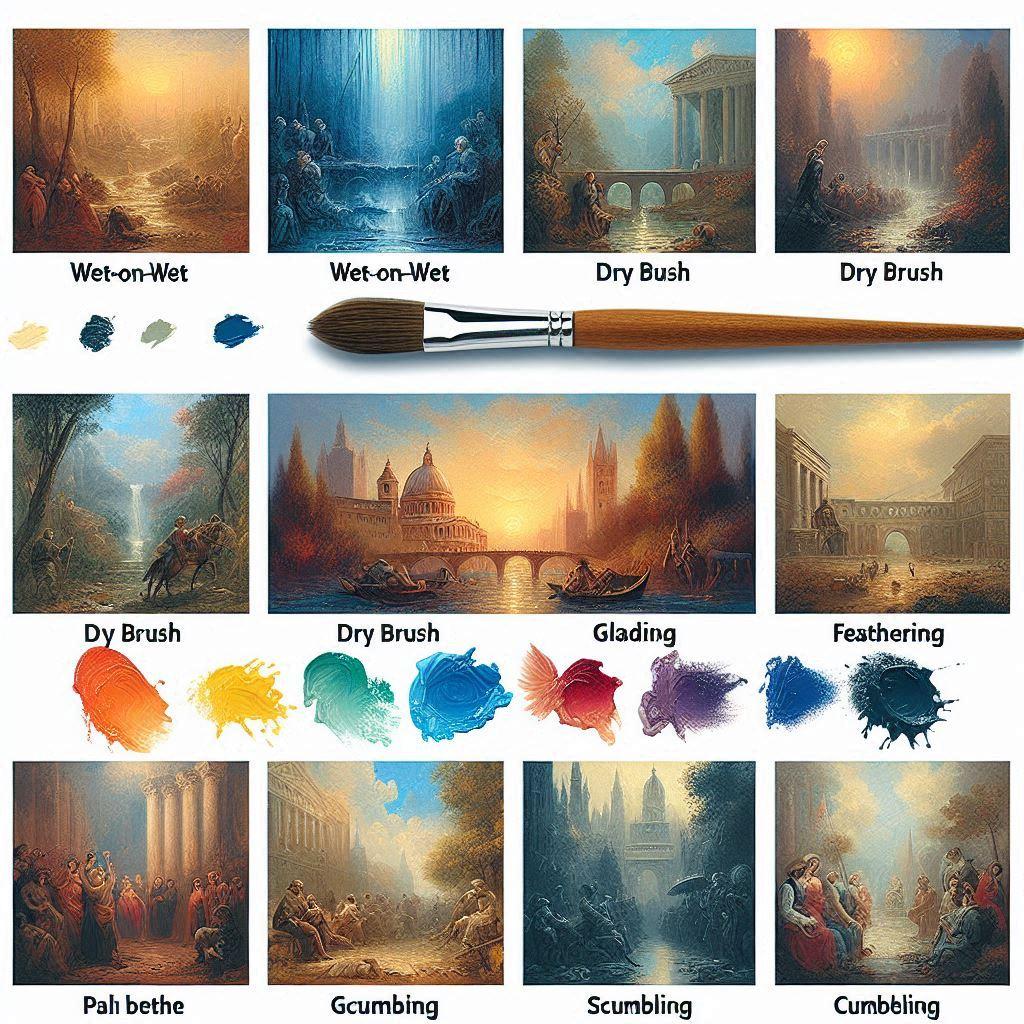Ever walked into a museum and wondered how those centuries-old paintings still look amazing? The secret lies in proper art preservation. Whether you’re an artist who just finished your latest masterpiece or a collector with a growing gallery, knowing how to care for artwork is super important.
In this guide, we’ll walk through everything you need to know about keeping your art looking fantastic for years to come.
Why Art Preservation Matters
Think of art preservation like taking care of a classic car — regular cleaning protects its finish, controlled storage prevents rust, and periodic maintenance ensures its longevity. Similarly, preserving artwork involves careful cleaning, proper environmental control, and timely restoration to maintain its beauty and value for generations.
Artwork can face many enemies: sunlight that causes fading, humidity that warps canvases, and even the oils from our hands that can damage surfaces. But don’t worry! With some simple know-how, you can protect your pieces from these threats.
Essential Supplies for Art Preservation
Before we dive into specific techniques, let’s gather our toolkit. Here’s what you’ll need:
- High-quality varnish suitable for your type of paint
- Soft, lint-free cloths for cleaning
- Acid-free materials for storage and framing
- UV-protective glass or acrylic sheets
- Temperature and humidity monitors
- Clean brushes for varnishing and maintenance
- Archival-quality storage containers
Mastering the Art of Varnishing
Varnishing is like giving your painting a protective shield – it enhances the colors, protects against dust and UV damage, and adds a layer of durability – but it can be tricky to get right. Let’s break down the process into simple steps.

Getting the Perfect Bubble-Free Finish
Nobody wants their varnish looking like bubble wrap! Here’s how to get that smooth, professional finish:
- Clean your workspace thoroughly — even tiny dust particles can cause problems.
- Warm your varnish bottle in warm water for 10 minutes (around 75°F/24°C).
- Stir the varnish gently with a clean stick — don’t shake it!
- Use a wide, flat brush dedicated just for varnishing.
- Apply thin layers in a cross-hatch pattern (think tic-tac-toe board).
- Work in a room between 65-75°F (18-24°C) with no drafts.
Pro tip: If you do get bubbles, don’t panic! Gently run your brush over them while the varnish is still wet, using very light pressure.
Creating the Perfect Environment for Your Art
Just like we feel better in a comfortable environment, so does your artwork. Here’s how to create ideal conditions:
Temperature and Humidity Control
Your artwork’s worst enemies are extreme temperatures and humidity swings. For example, high humidity can cause canvases to sag and develop mold, while low humidity can lead to cracking in oil paints. Here’s what you need to know:
- Keep temperature steady between 65-75°F (18-24°C).
- Maintain humidity between 45-55%.
- Use a dehumidifier in summer and a humidifier in winter.
- Install a smart thermometer that tracks both temperature and humidity.
Light Protection Strategies
Light damage is permanent and sneaky — you often don’t notice until it’s too late. Here’s how to protect your art:
- Install UV-filtering window films (resource).
- Use LED lights instead of fluorescent or halogen (resource).
- Rotate artwork periodically, like a gallery does.
- Keep artwork away from windows and direct sunlight.
- Use UV-protective glass or acrylic when framing (resource).
Fixing Common Art Problems
Dealing with a Warped Canvas
Got a canvas that’s doing the wave? Here’s your step-by-step fix:
- Lightly mist the back of the canvas with distilled water.
- Place weights around the edges.
- Let it dry completely (24-48 hours).
- Re-stretch on a sturdy frame.
- Use canvas keys to adjust tension.
Handling Tears and Holes
Small damages don’t have to spell disaster. Here’s how to tackle them:
- Clean the damaged area carefully.
- Apply acid-free backing paper behind the tear.
- Use conservation-grade adhesive (resource).
- Match paint colors carefully for touch-ups.
- Apply touch-up paint with a fine brush.
Proper Storage Techniques
Storing Unframed Art
- Roll large pieces around a wide tube (at least 6 inches diameter).
- Use acid-free tissue paper between layers.
- Store rolls horizontally, never standing upright.
- Change rolling direction periodically to prevent permanent curl.
Storing Framed Art
- Use padded dividers between pieces.
- Store upright, never stacked.
- Keep off the floor.
- Use breathable covers to protect from dust (resource).
Professional Conservation: When to Call an Expert
Some situations need professional help. Watch for these red flags:
- Significant tears or structural damage.
- Signs of mold or pest damage.
- Flaking paint or severe cracking.
- Historical or highly valuable pieces.
- Complex restoration needs (resource).
Daily Maintenance Tips

Simple daily habits can make a big difference: For example, lightly dusting your artwork and frames weekly with a soft, lint-free cloth can prevent the buildup of grime that might otherwise require professional cleaning over time.
- Dust frames and glazing weekly with a soft brush.
- Check humidity levels regularly.
- Inspect for any changes or damage monthly.
- Keep handling to a minimum.
- Use cotton gloves when touching unframed pieces (resource).
Special Care for Different Media
Oil Paintings
- Allow 6-12 months drying time before varnishing.
- Re-varnish every 20-25 years.
- Never clean with water.
Watercolors
- Always frame under glass.
- Use spacers to prevent contact with glazing.
- Store flat if unframed.
- Never expose to moisture.
Acrylic Paintings
- Varnish only when completely dry (72 hours minimum).
- Clean with distilled water only.
- Avoid alcohol-based cleaners.
Conclusion: Preserving Your Art Legacy
Taking care of artwork isn’t just about maintaining monetary value — it’s about preserving creativity and history for future generations. Proper storage techniques and regular maintenance, like controlling humidity and using archival materials, ensure that your collection can be enjoyed without fear of deterioration. By following these guidelines, you’re ensuring that your art collection stays beautiful and continues to bring joy for years to come.
Remember: When in doubt, less is more. It’s better to be cautious and consult a professional than to risk damaging a piece through improper handling or treatment.
Quick Reference Checklist
- Check environment conditions weekly.
- Dust and inspect monthly.
- Document any changes or damage.
- Keep handling supplies (gloves, cleaning materials) readily available.
- Save contact information for local art conservators.
- Take photos annually to track condition.
- Review insurance coverage regularly.
With these tips and techniques, you’re well-equipped to care for your art collection like a professional conservator. Happy preserving!



